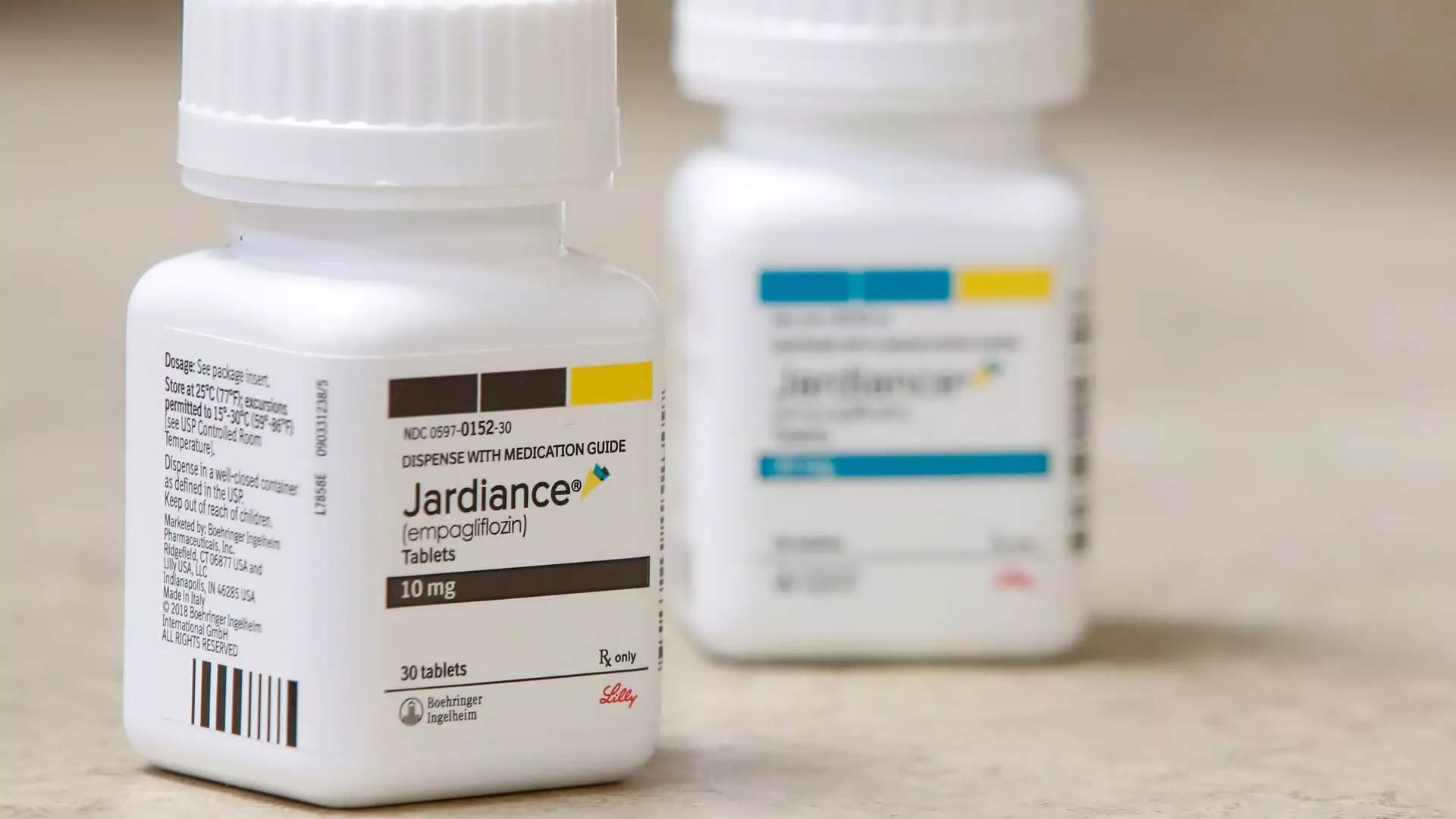The Biden administration has recently released a highly-anticipated list of drugs subject to price negotiations between manufacturers and Medicare. This move aims to tackle the issue of high drug costs for older adults in the United States. The list specifically highlights the drugs with the highest spending under Medicare Part D, which covers prescription medications, from June 2022 to May 2023. Among the top 10 drugs on the list, two blood thinners and a diabetes medication stand out as the most widely used by Medicare beneficiaries.
Eliquis: Leading in Usage
One of the most commonly used drugs among Medicare beneficiaries is Eliquis, a blood thinner developed by Bristol-Myers Squibb in collaboration with Pfizer. It was reported that during the specified time period, approximately 3.7 million Medicare enrollees relied on Eliquis. This medication is primarily used to prevent blood clotting and reduce the risk of strokes.
Jardiance: Managing Type 2 Diabetes
The second most prevalent drug among Medicare beneficiaries is Jardiance, a medication produced by Boehringer Ingelheim. Jardiance is primarily prescribed to individuals with Type 2 diabetes to help regulate blood sugar levels. The fact sheet released by the Centers for Medicare and Medicaid Services (CMS) revealed that nearly 1.6 million Medicare enrollees were utilizing this drug during the specified timeframe.
Xarelto: An Anticoagulant Medication
Another notable medication on the list is Xarelto, a blood thinner manufactured by Johnson & Johnson. Approximately 1.3 million Medicare beneficiaries used Xarelto during the same time period. Similar to Eliquis, Xarelto is commonly prescribed to prevent blood clot formation.
Medicare Part D allocated a significant portion of its budget towards the aforementioned three drugs. In total, the plan spent approximately $16.5 billion on Eliquis, $7 billion on Jardiance, and $6 billion on Xarelto. This means that these three medications alone accounted for a substantial portion of the overall drug costs incurred by Medicare Part D during the period from June 2022 to May 2023.
The inclusion of these high-cost drugs on the list underscores the financial burden placed on Medicare beneficiaries. With a total of 10 drugs accounting for approximately $50.5 billion, or 20% of total Part D prescription drug costs, older adults face significant challenges in affording essential medications.
According to the Kaiser Family Foundation, there are currently around 50.5 million patients enrolled in Part D plans, with more than 8.2 million individuals relying on the 10 drugs listed. Given these figures, it is evident that a large portion of Medicare beneficiaries heavily rely on these specific medications to manage their health conditions.
To tackle the rising drug costs, Medicare has initiated a negotiation process that involves manufacturers and the Centers for Medicare and Medicaid Services (CMS). Manufacturers are required to sign agreements to participate in these negotiations by October 1st. The CMS will present an initial price offer to the manufacturers in February 2024, which will be followed by a one-month period for the companies to either accept the offer or propose a counteroffer. The negotiation process will conclude in August 2024, and the agreed-upon prices will be published on September 1st of the same year. However, it is important to note that the reduced prices will not be implemented until January 2026.
The release of the list of drugs subject to price negotiations marks a significant step towards addressing the issue of high drug costs faced by Medicare beneficiaries. By identifying the most widely used medications, such as Eliquis, Jardiance, and Xarelto, Medicare aims to prioritize negotiations that can have a substantial impact on reducing drug expenses for older adults. As the negotiation process unfolds, it is hoped that more affordable pricing for these essential medications will become a reality, relieving the financial burden on Medicare beneficiaries and improving access to necessary treatments.


Leave a Reply